Nestled in the picturesque North Yorkshire countryside, Appleton-le-Moors is a historic medieval village that offers a unique glimpse into England’s past. When you stay at our beautiful self-catering Long Barn, you’ll experience the village’s rich history first hand.
Many guests staying have booked a history tour of the village with Jim Hall who lives in Appleton. He just charges a donation to the village hall for his services. And maybe a pint of stout from the Moors Inn. Guests love his tours as Jim covers insightful history of the buildings along with tales of the village’s past and present.
Here are 5 historical facts that we hope will pique your interest:
1. 3 Faces
As you stroll to the pub, notice the house with the blue door and three stone faces carved into the stone lintel above. These faces, known as the “Blood Suckers,” represent a doctor, lawyer, and parson. The inscription below translates to “The Art of Treating Life: How to Get Bread.” The house was once a beer house, serving beer from jugs or tapped barrels.
2. The Moors Inn
We’d assumed that the Moors Inn is named after the North York Moors. It is shown as being an inn from 1782, and was called “Oddfellows Arms from 1842. It was renamed the Moors Inn in the 1980s when the Moore family bought it. The story is that the new landlady Ida Moor didn’t like the original name. She insisted it be changed as she said she was already married to an odd fellow and didn’t want to work in a pub of the same name.
3 . Pinfold
Just by the Reading Room, you’ll find a “pinfold”. It’s a small stone enclosure, also known as a “pound”. From medieval times, most villages had one. Stray cattle, sheep, pigs, geese would be driven into it and kept there until claimed by their owners. They were only released when a fine (paine) had been paid to the lord of the manor.
This was built for the princely sum of £75 in 1911, funded by Joesph Page, the resident butler who lived at Appleton Hall. It’s not clear if his motivations were philanthropic or linked to the demolition and development of some houses nearby. It was mainly used by agricultural workers on socialise in without getting drunk in the pub. It hosted all sorts of activities including reading, brass band rehearsals and latterly billiards when a table was installed in 1913.
5. Village Pond
Old photographs of the village show the original village pond opposite the Reading Room at the southern end of the village. Sadly over the years, the clay liner cracked and the pond disappeared beneath the vegetation. Back in 2013 there was a plan to restore the pond. Unfortunately nothing came of it despite strong support from the village for the project.
A talk at the village hall on the declining number of turtle doves locally sparked some discussions on potential funding from the North York Moors for the pond. These doves need very specific habitats including water that they can easily access, with little vegetation round the edges. To cut a long story short, over many months of negotiation and consultation, funding was agreed. And just a few weeks ago, the digger arrived and the pond was restored.
The bottle was found in the excavations, and is thought to date between 1896 and 1954. Which means it may have originated from the village pub when it was called the OddFellows Arms.
So far no turtle doves have been spotted but we’ll keep you posted…

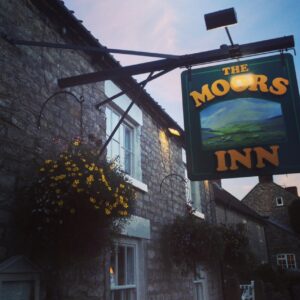
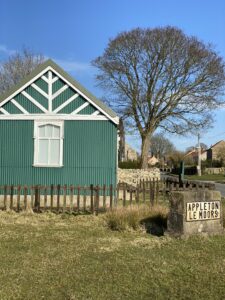
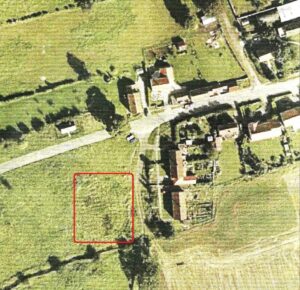
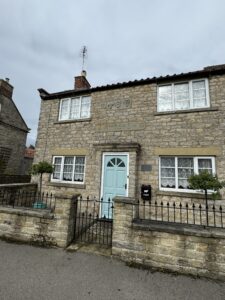
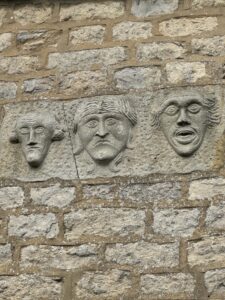
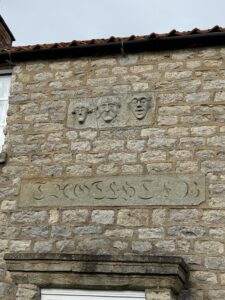
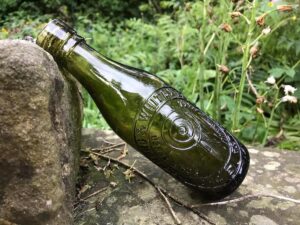
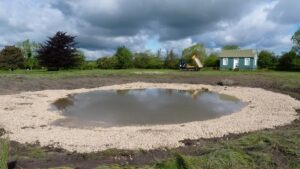
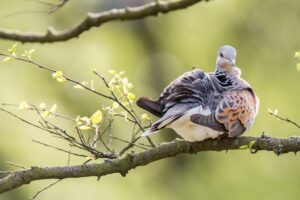
Recent Comments